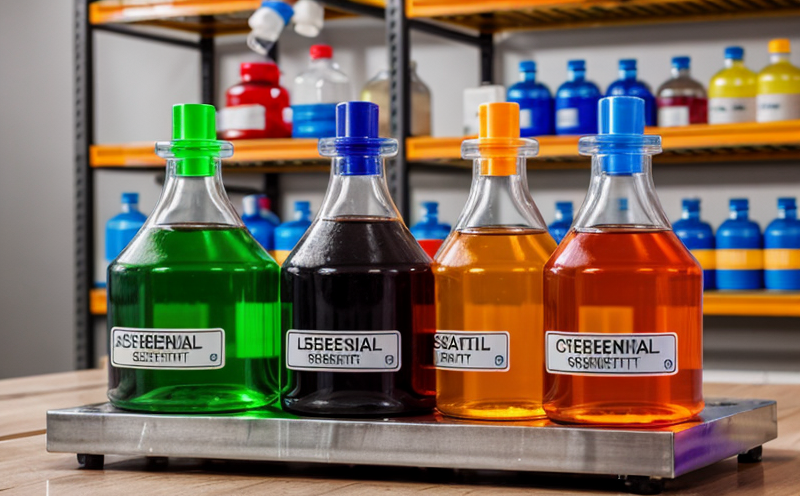Lithium Content Testing in Consumer Items
Understanding lithium content testing is crucial for ensuring product safety and compliance with various regulations. Lithium, a light metal used in batteries, plays a vital role in consumer electronics such as smartphones, laptops, and electric vehicles. However, lithium can also pose risks if not handled properly due to its flammability and toxicity when exposed to water.
The primary goal of lithium content testing is to identify the presence and quantity of lithium within consumer items. This testing serves multiple purposes including safety assessment, product design optimization, and compliance with international standards. The testing process involves careful sample preparation followed by analysis using advanced analytical instruments like Inductively Coupled Plasma Mass Spectrometry (ICP-MS) or X-ray Fluorescence (XRF).
Proper sample handling is essential to avoid contamination that could lead to inaccurate results. Samples must be representative of the product as a whole and free from external sources of lithium contamination. Once prepared, samples are analyzed using precise analytical techniques which provide accurate quantification of lithium levels.
The importance of lithium content testing extends beyond mere compliance; it also contributes significantly to consumer protection by identifying potential hazards early in the development phase or during production. By conducting rigorous tests, manufacturers can ensure that their products meet stringent safety requirements set forth by regulatory bodies around the world.
For example, lithium batteries used in portable electronics are subject to strict regulations aimed at preventing fires and explosions caused by overheating cells. Accurate measurement of lithium content helps manufacturers design safer battery systems capable of withstanding abuse scenarios without compromising performance or reliability.
| Standard | Year | Description |
|---|---|---|
| ISO 16985:2013 | 2014 | Battery safety for electric vehicles and related equipment. |
| ASTM E2761-12 | 2012 | Standard test method for lithium content in rechargeable batteries by ICP-MS. |
Applied Standards
The standards mentioned above are crucial guidelines that manufacturers and laboratories adhere to when performing lithium content tests on consumer items. These include:
- ISO 16985:2013: This international standard provides requirements for battery safety in electric vehicles, which includes testing procedures for lithium content.
- ASTM E2761-12: Developed by the American Society for Testing Materials (ASTM), this standard outlines a specific method for measuring lithium levels using Inductively Coupled Plasma Mass Spectrometry (ICP-MS).
Quality and Reliability Assurance
Ensuring the quality and reliability of lithium content tests is paramount to maintaining trust in both product safety and regulatory compliance. Laboratories must follow stringent protocols throughout every step of the testing process, from sample preparation through final analysis.
- Sample Preparation: Rigorous procedures ensure that samples are representative of the entire batch or lot being tested.
- Analytical Techniques: Advanced analytical methods like ICP-MS offer high precision and accuracy necessary for reliable results.
- Data Interpretation: Highly trained analysts interpret data to determine compliance with relevant standards and industry best practices.
International Acceptance and Recognition
Lithium content testing results recognized internationally enhance global trade opportunities for manufacturers. Compliance with these tests ensures products meet international safety standards, thus facilitating smoother cross-border transactions:
- ISO 16985:2013: Widely accepted by countries adhering to the International Organization for Standardization (ISO).
- ASTM E2761-12: Recognized globally, particularly in regions where ASTM standards are preferred.





